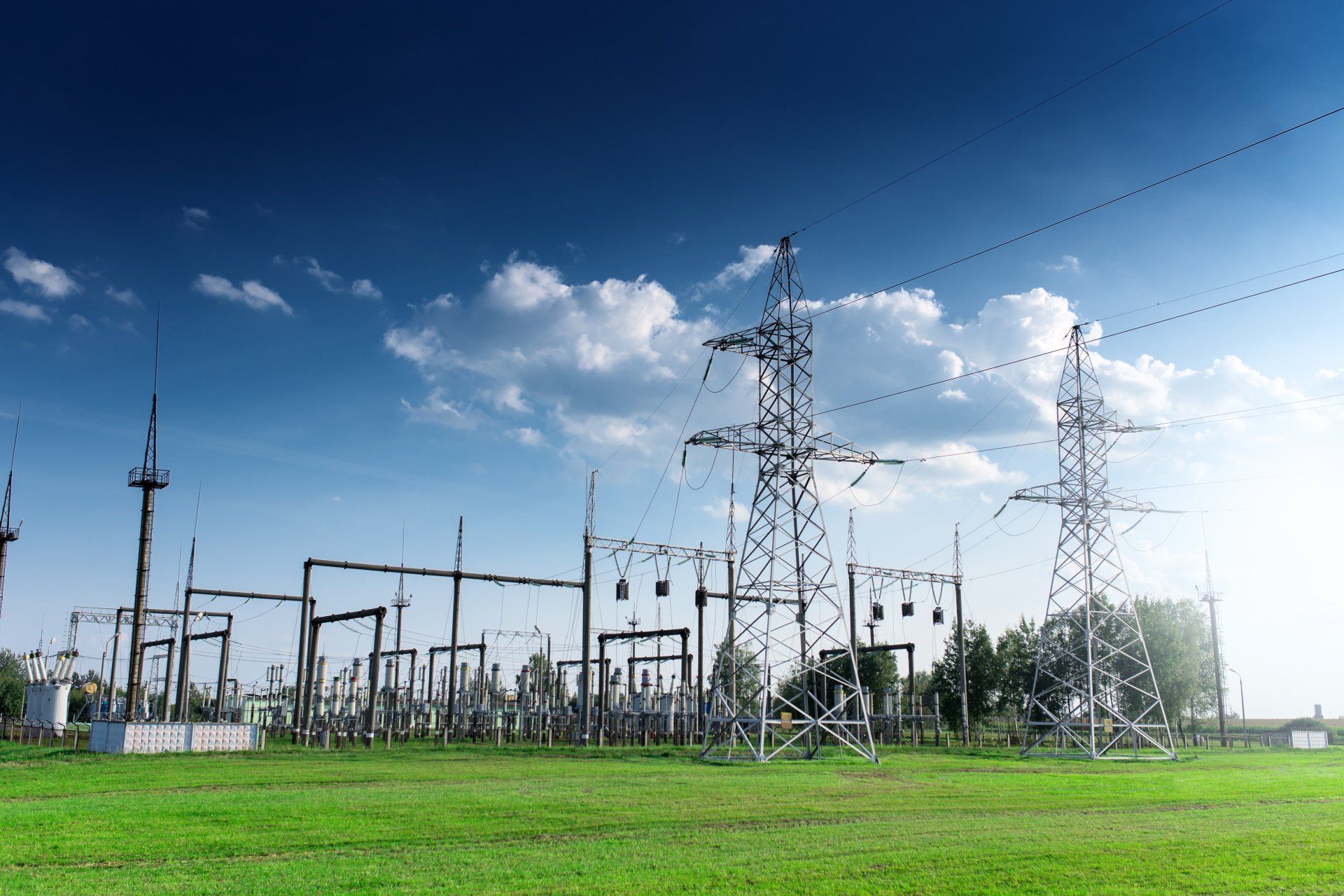New Energy
Aliquam tristique elit vel porttitor egestas.
Lorem ipsum dolor sit amet, consectetur adipiscing elit. Nullam fermentum dolor mi, ut rhoncus risus luctus vitae. Curabitur bibendum, erat et faucibus lacinia, metus leo hendrerit quam
The power generation market is undergoing drastic changes worldwide, primarily due to the emergence of renewables and other distributed energy resources. Traditional generation relied on relatively few large centralized facilities, but today this is shifting to many small and widely dispersed assets.
The old model for power generation was simple: build big baseload facilities, primarily fossil-fueled, with some large-scale hydro included in areas where it was possible to build huge dams. Today’s new reality still requires utilization of some baseload facilities, but these are increasingly being supplemented or even replaced by renewables, primarily solar and wind. These energy resources are characterized by geographically distributed locations, with intermittent outputs and much lower power output per site, sometimes just a few megawatts. In addition to renewables, the number of combined cycle facilities fueled with natural gas is growing rapidly. Power storage is now required to provide energy when output from intermittent sources drops, adding additional complexity to the power generation system management.
It’s not economically feasible or efficient to monitor and control these smaller sites—for both power generation and storage—with a distributed control system, so new types of automation systems must be applied. Although these systems are smaller, simpler, and have lower I/O capacity than a distributed control system, they must support a variety of communication protocols for integration with intelligent field devices. They must also support communications to other sites and centralized dispatch centers to enable coordination of power output from all of these disparate facilities—a task much more complex than operating with just a few large baseload power stations.
This new power paradigm is affecting not only power generation, but also the downstream transmission and distribution systems. Electrical substations are the nerve centers for transmission and distribution operations, providing the required real-time monitoring and control, along with coordination between generating facilities and points of use.
Advantech provides solutions for monitoring and controlling both distributed energy resources and substations. These solutions support the protocols needed for communication with field devices, other generating sites and substations, and centralized dispatch centers.
Why Advantech
Large Selection of Products
Advantech offers a large selection of products, which can allow customers to access a full solution with us!
Long Product Longevity
With quick and accurate responses to all your queries, you’ll save time and be more efficient.
IEC Rated Product Lines
With quick and accurate responses to all your queries, you’ll save time and be more efficient.
Advantech's New Energy Solutions
"Lorem ipsum dolor sit amet, consectetur adipiscing elit, sed do eiusmod tempor incididunt ut labore et dolore magna aliqua. Ut enim ad minim veniam, quis nostrud exercitation ullamco laboris nisi ut aliquip ex ea commodo consequat. Duis aute irure dolor in reprehenderit in voluptate velit esse cillum dolore eu fugiat nulla pariatur. Excepteur sint occaecat cupidatat non proident, sunt in culpa qui officia deserunt mollit anim id est laborum."New Paragraph
Advantech's Substation Solutions
Renewable Energy Solutions
Energy Storage Solutions
Heading
You can place your content here
Product Selections
Subtitled
Rackmount Fanless Box PCs
Title
For grid and substation automation, Advantech has developed rack mounted fanless box PCs used with data gateway and computing platform devices. The ECU-4000 series feature a fanless design. It can be integrated with a wide variety of computing platforms and enhance the effectiveness of power transmission and substation automation.
- List 1
- List 2
- List 3
New Paragraph


